Among the greatest natural wonders to admire in southern Italy, everyone thinks right away about Etna, the highest active volcano in Europe and one of the most suggestive tourist destinations to visit and discover throughout the year, especially for hiking and outdoor sports lovers.
However, it’s not common knowledge that the natural area around the Etna region is full of beautiful villages along its slopes, rich in history and charm, where you can dive into the heart of the local culture: one of these is the wonderful burg of Linguaglossa.
This town, embraced in the breathtaking panorama of Etna, will surprise you with its artistic and natural beauties, giving you an amazing travel experience discovering one of the many faces of eastern Sicily.
Can't wait to leave? Find out with us what to visit in Linguaglossa and our advice about the best experiences to live in this fantastic Sicilian village!
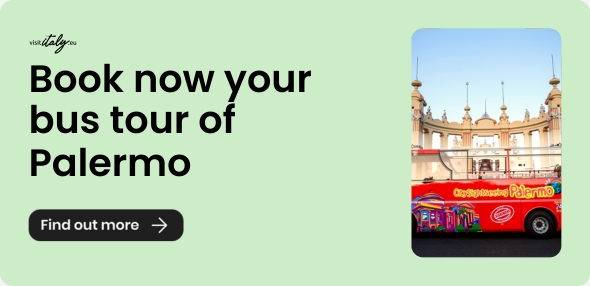
Linguaglossa: visit the town on a walk among murals, historic buildings and museums
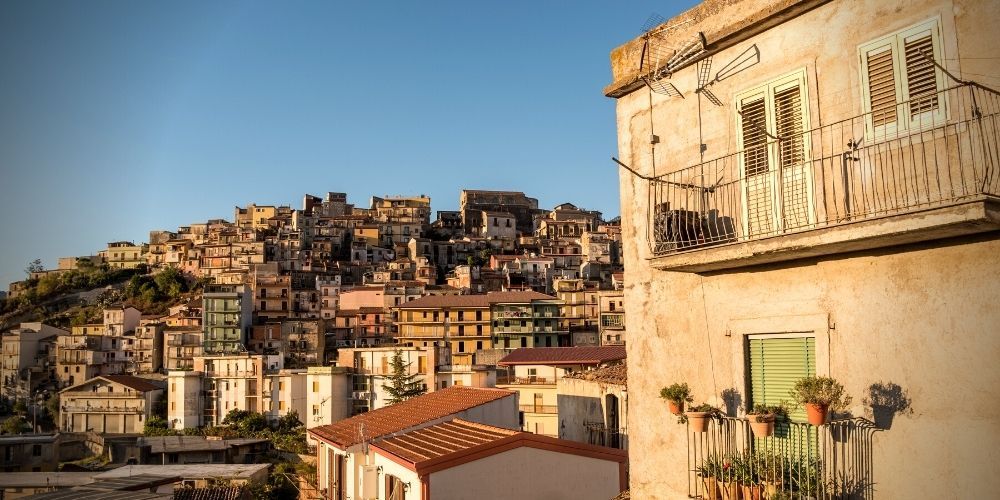
Strolling through the streets of Linguaglossa is like getting lost inside a jewel with a thousand shades: the beauty of art, the charm of history, the majesty of nature and the genuine sicilianity make this village a real gem to visit especially on foot. What to visit in Linguaglossa? Here are the best spots to see during your walk.
Walking through Linguaglossa, the fantastic and colorful murals that liven up the streets of the city center immediately catch the eye. These artworks have been commissioned since the 1990s by the local administration with the aim of enhancing the town and giving it a recognizable identity. Today there are about 50 murals painted by 24 artists with different styles and ideas, but all with the artistic purpose of telling the story and spirit of the volcano, its territory and the folklore of the people who live under its shadow. The Linguaglossa murals collection is often defined as a real open-air museum that winks at technology: in fact, each work provides a QR Code that can be read through your device allowing you to get information about the artist and the meaning.
In the Etna town it is possible to admire the architectural beauty of many historic buildings which tell the story of this land. Above all, the religious buildings stand out, especially the main church of the Madonna delle Grazie, related to Baroque and also built using volcano’s stone, and the ancient church of St. Egidio - patron saint of the city celebrated every year on September 1st, capable of stopping the advance of the lava flows that threatened the life of the village - which was probably already there in the late Middle Age. Among the other churches of Linguaglossa we remember the ones dedicated to Carmine, St. Francesco di Paola,St. Rocco and Sts. Antonio and Vito.
Among the other places to discover in Linguaglossa, it’s not possible to ignore the majestic noble palaces that belonged to the wealthiest families of the town, in particular the Castrogiovanni palace, as well as the beautiful Villa Milana (or San Rocco) and Villa dei Vespri Siciliani, spaces with green areas that represent key meeting points for the social life of citizens.
Do you want to find out more about the history of this city? Then you absolutely must visit the two most beautiful museums in Linguaglossa: the ethnographic museum, consisting of a rich library and eight rooms that contain a collection of natural and handcrafted finds relating to Etna and the past of the local population, and the Messina-Incorpora museum, a real concentrate of Sicilian art dedicated in particular to the enhancement of the territory and to religious art.
In the southern area of the village it is possible to visit the "le Mandre" ethno-anthropological park, which firstly may look like a poor and bare area - a strong lava flow occurred here dating back to the 12th century - but which holds precious evidence of the history of the Etna people: in fact, the ruins of the houses and dry stone walls recall the past of its citizens related to agriculture and breeding. A place to explore where you can also admire the flora, especially the "middicuccu" tree from whose seeds the production of the religious rosary crowns was made.
How to visit Etna from Linguaglossa: hiking, tips and places to discover
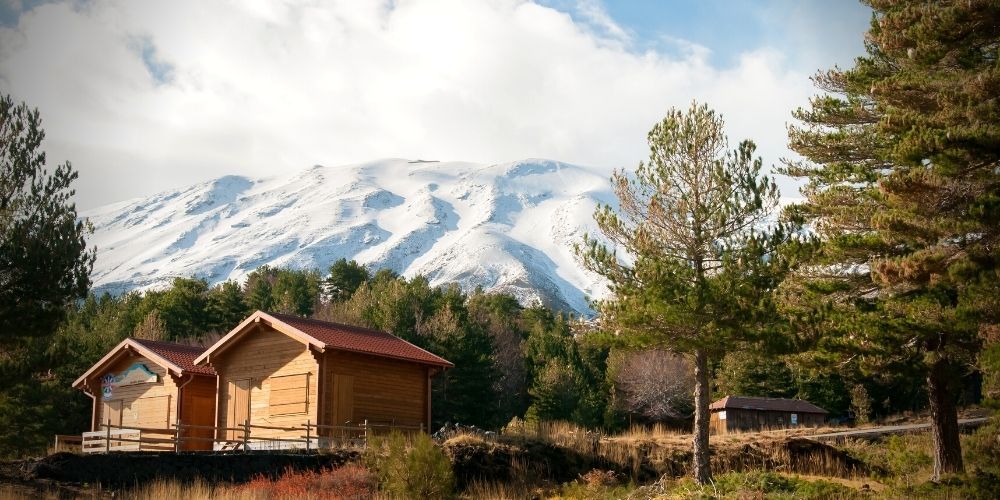
Leaving the town of Linguaglossa it is possible to reach and discover places of great tourist interest that will capture your curiosity and leave you speechless.
Moving a little further to the south-west, specifically by going up to the north-eastern side of Etna along the Via Mareneve, there is a truly surprising place where nature is still the master: they are the Sartorius mountains, a place to discover near Linguaglossa at more than 1600 meters height. These mountains, which got their name from the German volcano scientist who firstly reported them on geographical maps after their creation with the eruption in1865, are actually the evolution of seven extinct craters along the paths of the Etna region - curiously, according to folklore, seven were also the lava flows which created this villages descending to the valley - and today they are one of the most attractive and evocative destinations for those looking for an amazing experience with an unique panorama which combines in a single glance the brown of the mountain, the green of the pine and birch woods and the blue of the sea in the distance.
Book your hiking experience on EtnaHiking on northern Etna is certainly one of the most popular and developed activities and starting from Linguaglossa it is possible to make your own hiking itinerary to discover this territory dominated by nature. The trip on the slopes of the volcano can be done by following various trekking paths on foot between the extinct craters and the vast Etna pine forests, but if you look for a magical experience some locals offer tourists the opportunity to experience the emotion of a walk up to the top of the mounts in the company of extraordinary animals such as donkeys and alpacas.
Are you looking for some gems to see during your hiking on the paths of northern Etna? We advise you to include in your itinerary a visit to the Sciambro stream, one of the few that can be reached at high altitudes and from which you can enjoy a breathtaking view, and to the "Zappinazzu", the largest secular pine of Etna which is high more than 30 meters.
Linguaglossa and Etna: the best destination for winter sports
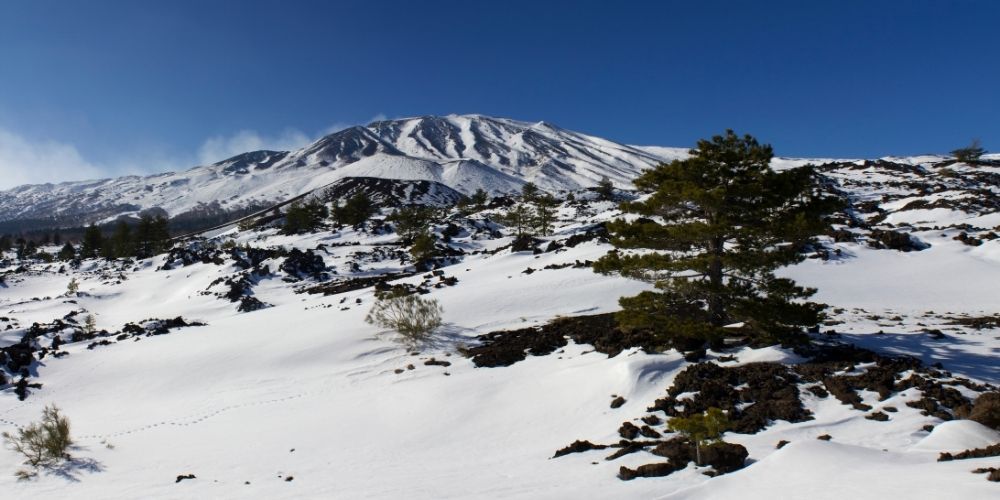
The north Etna area near Linguaglossa is one of the most beautiful and fascinating tourist destinations to visit in Sicily, a must for those who love hiking and winter sports.
Starting from the village and taking via Mareneve, in fact, it is possible to go up to the north-eastern side of Etna and reach some important places which are key for winter tourism in this corner of Sicily. The most famous is certainly Piano Provenzana, where the main ski resorts of the area are located: at about 2000 meters above sea level, with 10 km of snow-covered slopes where to practice skiing or snowboarding, four ski lifts and a spectacular view from which you can also see the sea in the distance, this is the favorite destination for Sicilian and non-Sicilian ski lovers.
Would you like to know more? Check out this article.
Linguaglossa is a town counting about 5000 inhabitants which is part of the metropolitan city of Catania, in eastern Sicily. It rises at about 550 meters height along the north-eastern slopes of the Etna volcano on an area of 60 km2. It is 47 km far from Catania and 70 km far from Messina.
How to get to Linguaglossa? The best way to reach this Etna village is moving on your own by car. Starting from Catania or Messina, in fact, it is possible to take the A18 highway, which connects the two main cities, and then the SS 120 at Piedimonte Etneo, going on straight ahead until you reach your destination. Enjoy your next trip to Linguaglossa!
About the author
Written on 03/03/2023


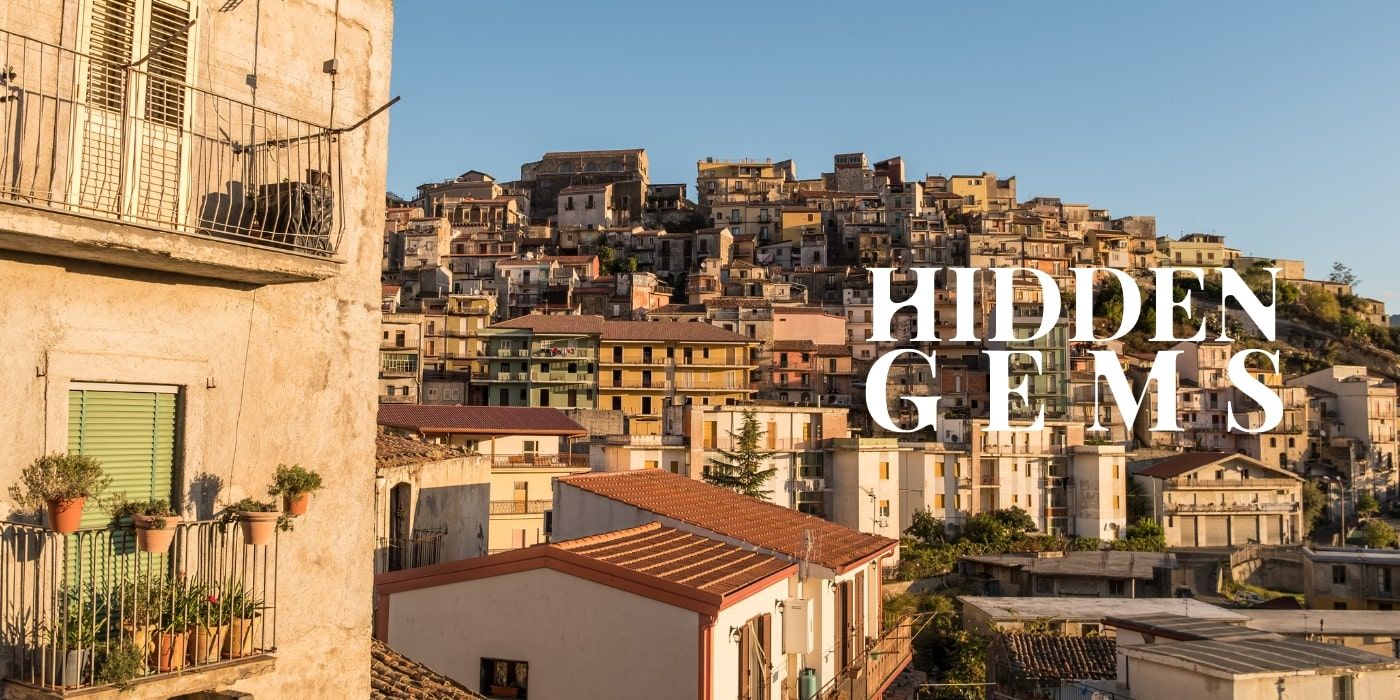
Massimiliano Antonio Primi
Visit with us the artistic and natural beauties of Linguaglossa, a wonderful Sicilian town in the amazing landscape of Etna.